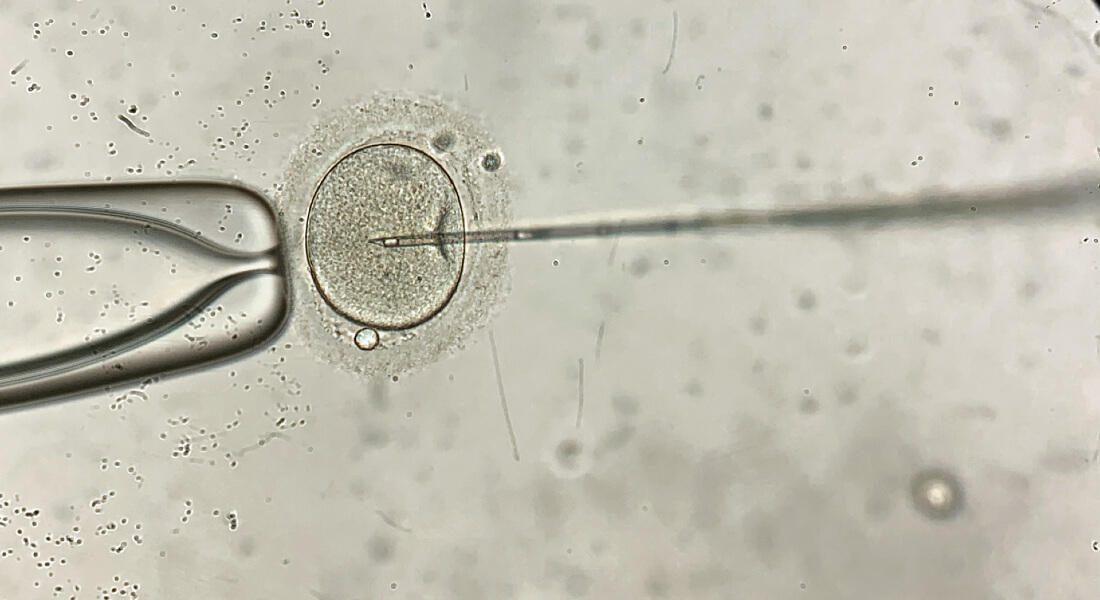A small genetic mutation with a huge significance for male sperm production
New research from the University of Copenhagen and Rigshospitalet explains why some men produce no sperm cells at all, meaning that fertility treatment can never help them.

Almost two per cent of all men are entirely unable to produce sperm cells. This means they are unable to become fathers, and no type of fertility treatment can help them.
In a new international study with researchers from 20 universities around the world, researchers from the Department of Growth and Reproduction at Rigshospitalet have now found one of the reasons for this failure to produce sperm cells.
Gene mutations affect the production of sperm cells
Four participants in the extensive study turned out to be the key to everything. Senior researcher Kristian Almstrup, who was at the head of the Danish part of the study, explains:
“By chance, we found four men in the study who all had mutations in a gene that turned out to be crucial for sperm-cell production. The gene that had mutated in the four childless men is called PNLDC1. The gene shortens small pieces of RNA known as piRNA, which are exclusively found in the sperm-producing cells in the testicles. If piRNA’s don’t have the right dimensions, they don’t work, meaning that no sperm cells are produced. We could see that the piRNA’s in the four men were the wrong size, they were long, and therefore the cells that usually form sperm cells had perished.”
Ground-breaking finding that may be very significant for infertility diagnosis
This is the first time that the mutations in the PNLDC1 gene have been described in the context of infertility, and the study also shows for the first time that piRNA’s are necessary for men to produce sperm cells.
“All four men in the study whose PNLDC1 genes were not working did not produce sperm cells. Even though the four men had been treated for their involuntary infertility in very different places in the world, they were all originally from the Middle East, where inbreeding occurs more frequently than in other places in the world, and we could see that the mutations in the PNLDC1 had arisen because of inbreeding. However, it is possible that other genetic variants could also affect sperm production to a lesser degree, and thereby perhaps be the reason for reduced sperm-cell production. We’re looking more closely at this now,” says Kristian Almstrup.
Important knowledge in counselling
The new study primarily contributes new knowledge about how sperm cells are formed, but it could also be used in diagnostics and in counselling, according to Kristian Almstrup:
“If a couple are having problems becoming pregnant, we now have new knowledge which may be relevant to take into account, if the man has a sperm count of zero. If we can also see that the piRNA’s aren’t working as they should, then there’s no reason for couple to undergo a fatiguing fertility treatment that will never result in a child. Instead, we can advise these couples to look at other possibilities to become parents, such as sperm banks, adoption, or whatever else the individual couple and family feel is right for them.”
The study has been published in the prestigious New England Journal of Medicine: "Variant PNLDC1, Defective piRNA Processing, and Azoospermia"
Contact information
Kristian Almstrup
Senior researcher, Department of Growth and Reproduction, Rigshospitalet.
Associate Professor, Department of Cellular and Molecular Medicine, University of Copenhagen
Email: kristian.almstrup@regionh.dk
Tel: (+45) 35 45 66 39
